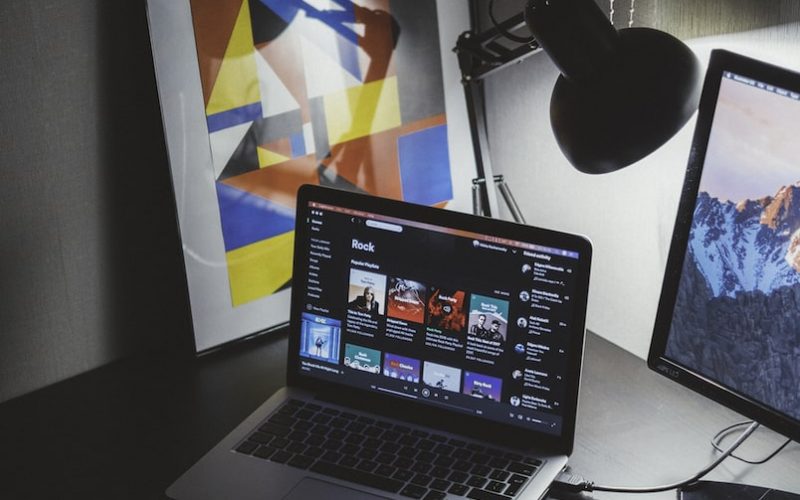Print design is the process of using visual graphics to communicate a specific message to viewers.
While the goal of print design is similar to that of digital design – to communicate a message, the process is quite different. In print design, the focus is on the overall layout and presentation of the document, rather than on individual elements. This means that print designers must have a strong understanding of typography, colour theory, and composition.
A Variety of Print Design Types
In print design, designs are created to be printed on a variety of surfaces. Common examples include business cards, flyers, and posters. This means that the design must be created with those specific dimensions and requirements in mind. The main purpose of print design is to use visuals to communicate a message. This can be done through the use of images, typography, and colour. When it comes to print design, one of the most important things to keep in mind is the audience you are trying to reach. This will help dictate the overall tone and message of the design. For example, if you are designing a flyer for a nightclub, you will want to use bright colours and an eye-catching layout to attract attention. On the other hand, if you are designing a business card for a law firm, you will want to use a more professional and conservative approach.
One of the most important aspects of print design is the use of white space. This is the space on the page that surrounds the actual content. White space is crucial in print design, as it helps to create a visual balance and makes the document easier to read.
Here Are a Few Tips for Creating Great Print Designs
- Keep it Simple
The first rule of thumb for any kind of design is to keep it simple. This is especially true for print design, where you often have limited space to work with. Use a limited colour palette and clean, simple fonts to make your design as easy to understand as possible.
- Use High-Quality Images
Another important tip for print design is to use high-quality images. This is because print designs are often viewed up close, so low-quality images will be more noticeable. If you can, use vector illustrations instead of bitmap images to make your design look more polished.
- Pay Attention to Details
Since print designs are often viewed up close, it’s important to pay attention to details. Make sure the alignment of your design is perfect and that there are no stray pixels or bleeds.
- Use a Grid
A grid can be a helpful tool for keeping your design organised and easy to understand. When creating a print design, start by creating a grid of columns and rows. Then, add your content to the grid in a way that makes sense.
- Consider Paper Stock
When you’re printing your design, you’ll need to choose a paper stock. There are a variety of options available, so take some time to research which one will work best for your project. Consider factors like thickness, texture, and colour when making your decision.
Print design may not be as flashy as digital design, but it’s still an important part of the design world. By following these tips, you can create great print designs that communicate your message effectively.




